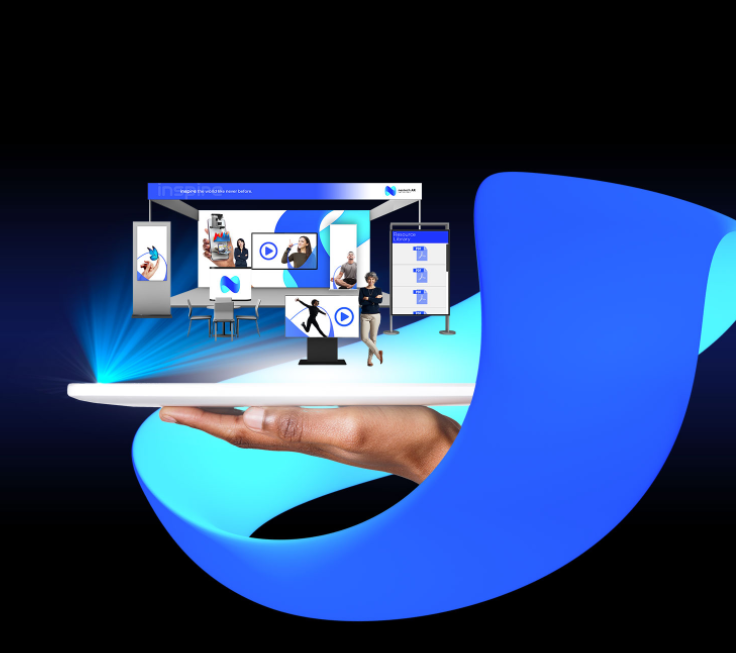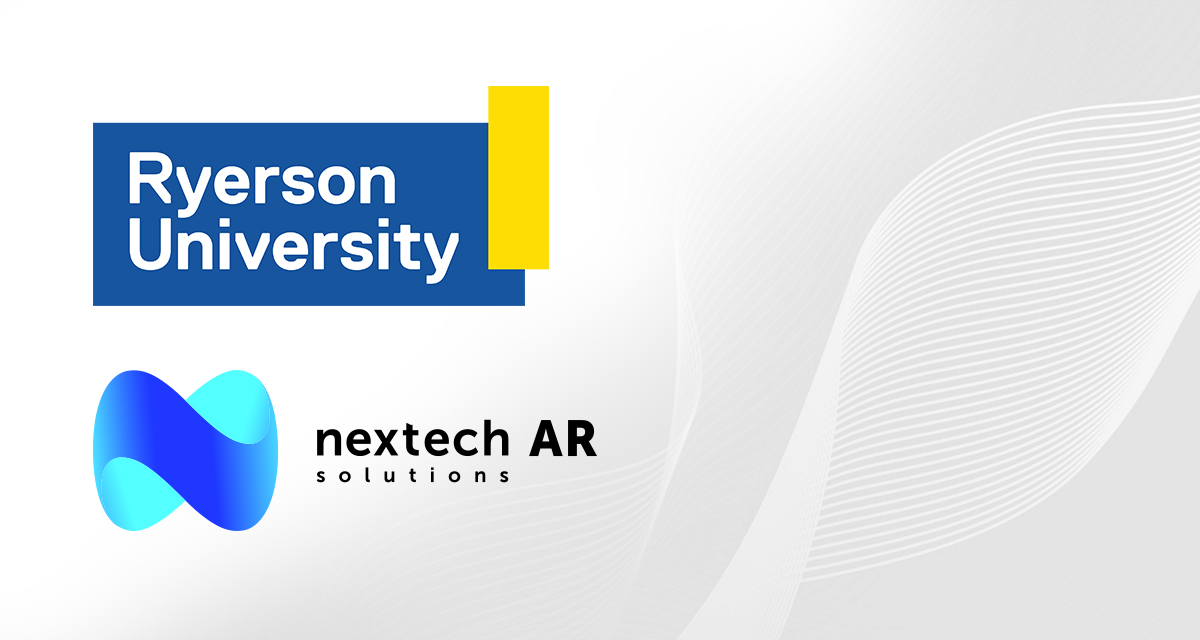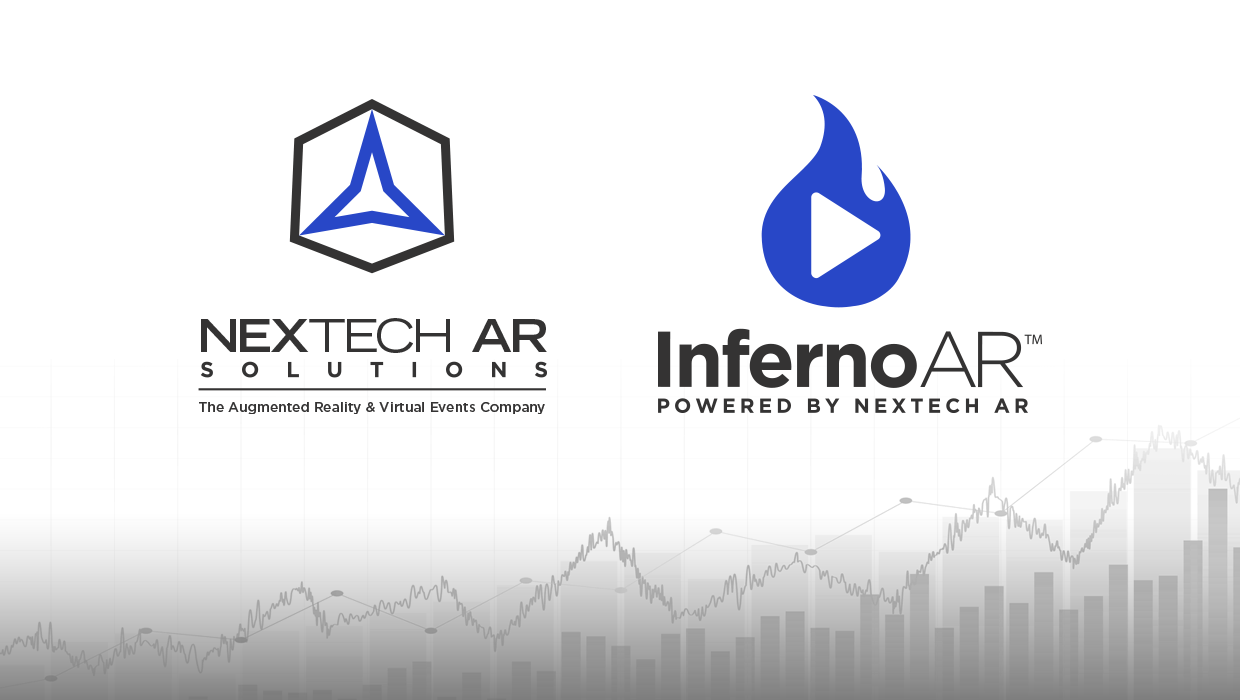University to increase to its AR lab offerings to students by 70% creating largest AR lab offering in education.
VANCOUVER, B.C., Canada – August 3rd, 2021 – Nextech AR Solutions Corp. (“Nextech'' or the “Company”) (OTCQB: NEXCF) (NEO: NTAR) (CSE: NTAR) (FSE: N29), an emerging leader in augmented reality for eCommerce, AR learning applications, AR-enhanced video conferencing and virtual events, is pleased to announce that Ryerson University, a globally recognized leader in Higher Education with over 46,000 students have ordered an additional thirty five augmented reality labs for its biology, chemistry and biochemistry departments. Once the additional labs are complete, which is expected to happen in 2021 Ryerson University Faculty of Science will have one of the largest known augmented reality immersive learning programs in the world.
These new labs are in addition to the fifty labs developed for the 2020/2021 school year and the further AR labs produced through the RALE AR Lab Builder Program, a Government of Ontario Initiative in Partnership with Ryerson University and Nextech AR and will be available province-wide to institutes of higher education in 2022.
View a video sizzle reel of the augmented reality science labs: View Video
About EdTechX
The use of AR for education institutions is made available through the Company’s EdTechX platform. Built on Microsoft Azure and available on the Azure marketplace as a “Co-sell Ready” partner, EdTechX enables educational institutions to transform traditional learning and event formats into valuable, immersive digital experiences that higher education students are seeking. EdTechX combines digital branded spaces with enterprise scale video streaming, augmented reality holograms and real-time data analytics. “Co-sell” status enables joint selling opportunities with Microsoft and access to their global education customers.
The KEY benefits of the AR labs:
● New functionality of labs include mistake driven learning modules -allowing students to make mistakes in simulation and get real-time feedback before performing the actual lab.
● Non-linear experiences allow students to explore in the AR labs based on their own exploration, ie. Rat Dissection, Flower Dissection.
● Creation of new ‘modular-like’ labs explaining common laboratory techniques that are cross-functional in chemical and biochemical analyses.
● Interactive learning allows students to form memories based on emotional impact. The actual AR seeks to trigger the feeling of presence of the lab/experience so that students are more engaged.
● The AR Labs allow for users to repeat the experiment at their own convenience, which is a key function when learning new concepts. This is also a cost-efficient solution for higher education institutions that reduces the waste of resources.
● AR allows for visual communication of complicated chemical analyses equipment. (Behind the scenes look of how the machines actually work) allowing students to learn the abstract theory superimposed on top of the equipment visually.
● The AR Labs have been developed in tandem with instructors and industry experts to ensure that the content is driven in both an academic and professional capacity.
Evan Gappelberg, CEO of Nextech, comments “we are thrilled to see the hard work we have done in creating AR labs for students in partnership with Ryerson result in such a hugely positive response from both students and faculty. We have developed not just an immersive AR learning platform but also a unique business model for Nextech with a credit system where one credit is equivalent to one AR lab which costs $5000 each. He continues “Once the AR labs are created along with the AR Lab Builder Program, through a Government of Ontario Initiative in Partnership with Ryerson University and Nextech, all AR labs built will be available province-wide to institutions of higher education in 2022. We are extremely excited and gratified to be working with both Ryerson and the government to bring immersive learning experiences to Canadian students''.
Direct Student Quotes - Biochemistry, Winter 2021 Labs:
What did you like about the AR for Experiment 1?
● “The experiment was very detailed; it was as if I was there in the lab watching someone perform the experiment. The gel electrophoresis explanation was thorough enough to grasp the concept of how to perform one properly.”
● “It helps you get a proper visualization of the steps of the experiment.”
● “It was really realistic and useful for me to picture the steps of the experiment being a visual learner.”
Post-pandemic, assuming you are back on campus, do you see a role for RALE in your undergraduate lab?
● “This could be used for pre-lab talks to explain certain techniques and procedures. This could also be offered as an extra resource for students writing lab reports to re-doing certain steps at home to better understand the lab. And most importantly, for students that have missed a lab, this would provide the students with a visual experience so that reports can be done properly even if they weren't present.”
● “It could be potentially used for more complicated or dangerous labs that the school would want to show to students for demonstration or surgery purposes as well.”
● “I can see this being useful to prepare for labs. Getting to see the equipment and an overview of what is going to happen in the lab would be very helpful for visual learners that have not done the technique before.”
Evan Gappelberg
investor.relations@Nextechar.com

AR Solutions
For Investors






